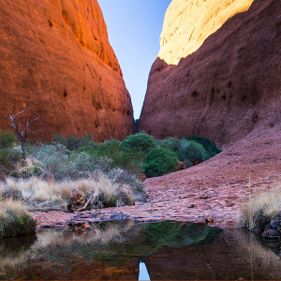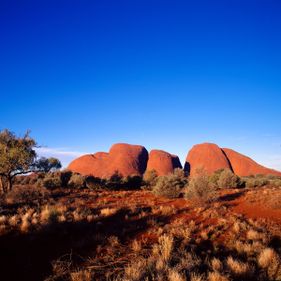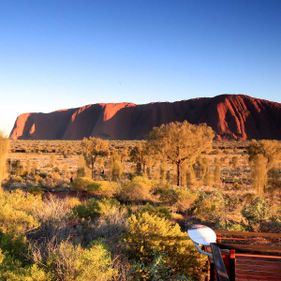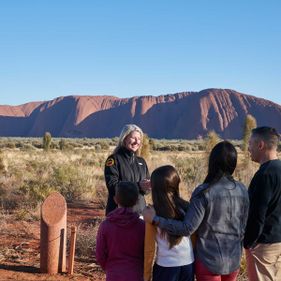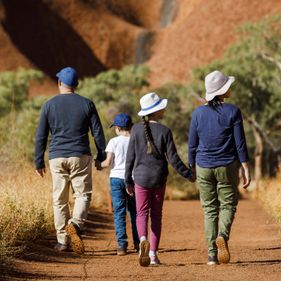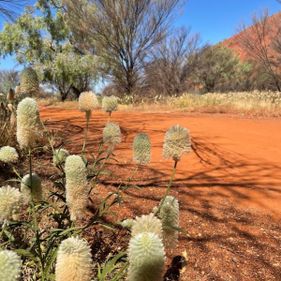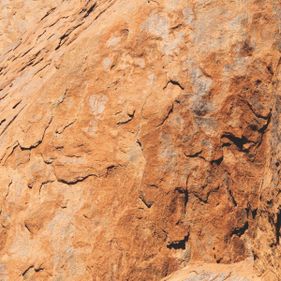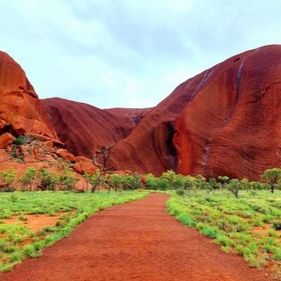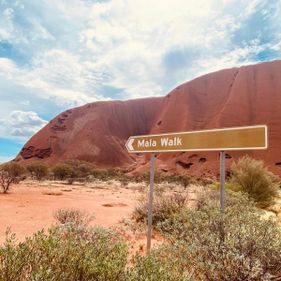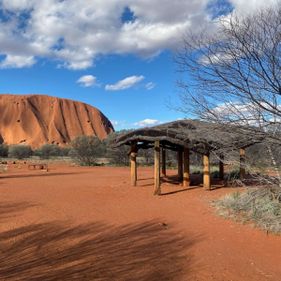Walks
Take the time to soak up the natural beauty and rich Culture of Uluṟu-Kata Tjuṯa National Park.
From mind-blowing rock formations to endless vistas, from soaring domes to unbelievable crevices and rock art paintings, our walking tracks are the ideal way to discover the hidden features of the park.
Most of the tracks have wheelchair accessible sections and range from easy to moderate.
Please note that some walk gradings have recently changed. While we work to update all printed materials, the information on this website is the most current and accurate source.
Walking and Culture
For the park’s Aṉangu Traditional Owners, Uluṟu and Kata Tjuṯa tell important stories from the beginning of time.
According to Tjukurpa (creation stories) the park’s unique geological formations were created by ancestral beings that have travelled through the landscape since time immemorial.
Uluṟu and Kata Tjuṯa hold great spiritual significance as they are places where many creation stories converge.
When you look at Aṉangu depictions of Uluṟu, you can clearly see it as a meeting place at the very centre, with many pathways and tracks leading to and from it. Each path tells an important story that teaches a vital lesson.
Walks around the base of Uluṟu follow the tracks of the ancestral beings. The rock’s shapes and textures hold knowledge and stories that have been passed down through generations of Aṉangu and are still relevant today.
The 36 steep-sided domes of Kata Tjuṯa lie 50 kilometres by road from Uluṟu. Kata Tjuṯa is a Pitjantjatjara word meaning ‘many heads’. This is an Aṉangu men’s site and is sacred under Tjukurpa. Everyone is encouraged to explore this otherworldly site by foot but – as with all areas of the park – we ask you to stay on the marked tracks.
While in Uluṟu and Kata Tjuṯa, take the time to contemplate the ancient landscape, feel the echoes of time, breathe in the tranquillity and listen to the soothing sounds of the desert.

